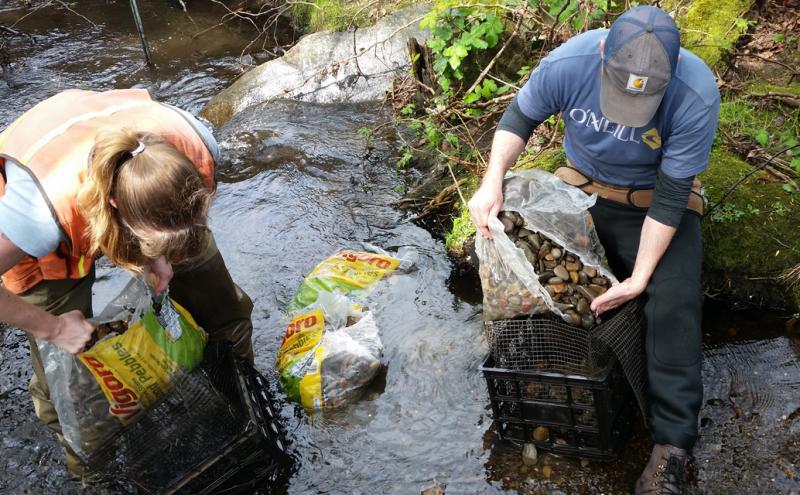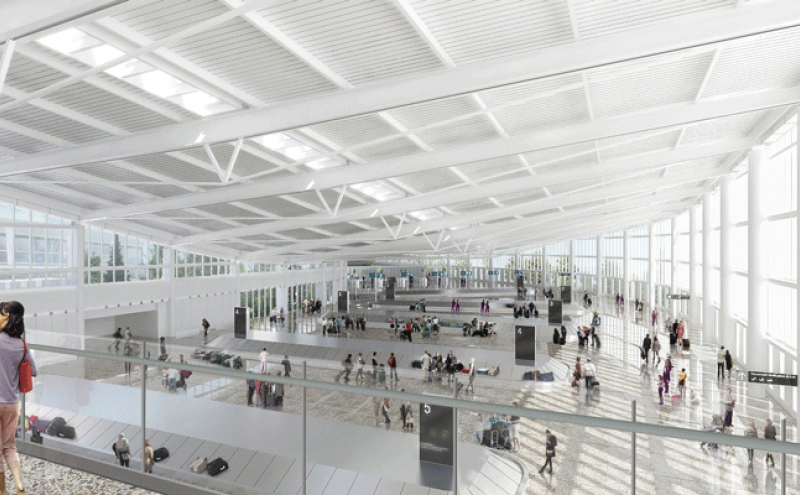
Stormwater Compliance
The airport operates under an individual NPDES Permit WA0024651 issued to the Port of Seattle by the Department of Ecology. All tenant activities are covered under the Airport's Stormwater Pollution Prevention Plan (SWPPP). SEA's SWPPP identifies required and recommended Best Management Practices (BMPs) to be implemented as appropriate for each tenant activity. Because airport tenant activities vary, each tenant is required to have a Water Pollution Control Plan (WPCP) that outlines BMPs specific to the tenants operations at the airport. The WPCP serves as the tenant's version of the SWPPP. Port Environmental Staff conduct comprehensive inspections of tenant facilities to determine tenant compliance with permit requirements based on implementation of the WPCP.
Airport Storm Drainage Systems
Stormwater drainage at SEA is separated into two different collection system, the Industrial Wastewater System (IWS) and the Storm Drainage System (SDS).
Industrial Wastewater Treatment Plant
The airport’s Industrial Wastewater Treatment Plant (IWTP) manages and treats stormwater associated with industrial activities from aircraft fueling and maintenance operations as well as wastewater from other airport related operations such as aircraft deicing. The IWS is permitted to discharge stormwater runoff to the Puget Sound via an outfall shared with the Midway Sewer District and to King County South Treatment Plant via Valley View Sewer District.
Stormwater runoff with low Biochemical Oxygen Demand (BOD) discharges to the Puget Sound under Ecology NPDES Permit No. WA0024651. Stormwater runoff with high BOD discharges to King County South Treatment Plant for secondary treatment under King County Department of Natural Resources Permit No. 7810-03. Elevated BOD levels are typically associated with stormwater runoff that contains aircraft deicer fluid.
Storm Drainage System
Stormwater runoff from the Airport drains to three local streams Miller Creek, Des Moines Creek and Gilliam Creek as well as directly to Puget Sound. In order to protect these aquatic resources, the airport has implemented numerous BMPs to remove pollutants, reduce flooding and prevent spills from discharging into the environment.


